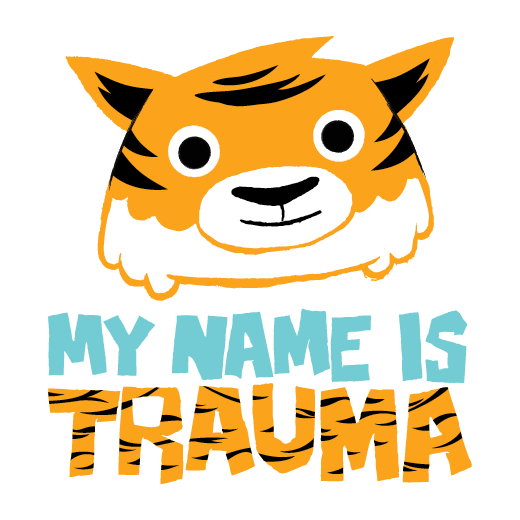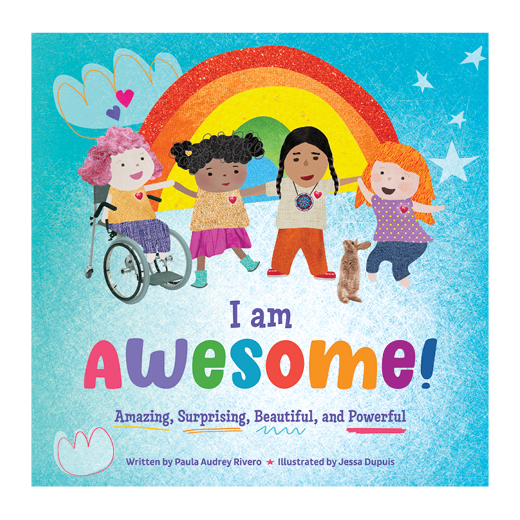Understanding Trauma During COVID-19
The first Canadian case of COVID-19 was reported on Jan 25, 2020, marking over a year since our lives intensely shifted to reduce community spread.
While infection and hospitalization rates are clear indicators of the deep impact this virus has had on the world, there’s another way the pandemic is greatly affecting us that isn’t quite as visible.
These challenging times have upended normal life, causing billions of people around the globe to experience varying levels of physical, mental, emotional and spiritual struggle. Though many may not realize it, that struggle can cause symptoms of trauma to appear in both children and adults.
Understanding Trauma
When most people hear the word “trauma,” they think of vehicular accidents, natural disasters, violent experiences, or various forms of abuse. The reality is, you don’t have to endure an accident or abuse to experience trauma.
A definition from Qi Creative’s book My Name is Trauma:
Trauma results from an event, a series of events, or a set of circumstances that is experienced by an individual as either physically or emotionally harmful or life-threatening, and that has prolonged adverse effects on the individual’s mental, physical, emotional, social, and spiritual wellbeing.
Anything that causes you to view the world as a dangerous place, or feel unsafe or out of control, has the potential to be traumatic and can cause a range of troublesome symptoms such as problems with sleep and concentration, an increase in negative thoughts and feelings, or feeling more on guard or anxious.
How the Pandemic can Trigger Trauma in Adults
Unsurprisingly, those who had or have the virus, were hospitalized due to the virus, work in healthcare (especially directly with COVID-19 patients), or lost someone due to the virus are at a high risk of experiencing trauma—but they’re not the only ones.
According to Karestan Koenen of Harvard T.H. Chan School of Public Health, adults with small children or who are helping care for elderly parents are typically experiencing the worst mental health challenges during the pandemic. Experiences, such as losing a job, worrying about finances, homeschooling, worrying about the well-being of older parents, juggling child care while trying to get your own work done, or the stress and loneliness of staying inside your home for days at a time, can take a psychological toll that leads to symptoms of trauma.
While some older adults (“Baby Boomers”) might be handling the pandemic better due to a greater understanding that bad times eventually pass, adults 65 years old or older are also more vulnerable to the virus itself, which can easily cause feelings of being in danger or anxiety.
In adults, signs of trauma can include headaches, jaw clenching, confusion, nausea, vomiting, poor concentration, memory problems, anxiety, fear, and irritability.
How the Pandemic can Trigger Trauma in Teens and Children
Teens and children may initially seem better at adapting to their new COVID-19 reality of online school and social isolation because they’re more used to virtual environments, but the lack of in-person learning and separation from their peers could be having psychological consequences that they’re not even consciously aware of, deeper than missed out social events and milestones such as graduation ceremonies. Add to that boatloads of uncertainty and their parents’ stress and you have a recipe for potential trauma.
The extent to which children and teens are affected are influenced by many factors. One key factor in how hard the pandemic hits young people emotionally is their age. Very small children might not notice that much is different besides the fact that their parents aren’t going to work, which they likely see as a good thing! For elementary-aged children and teens, on the other hand, being with their parents 24/7 and not being able to see their friends can feel like the end of the world.
Another important thing to understand is that children are constantly looking to the adult figures in their lives for reassurance, comfort, and instruction. Oftentimes, the impact on a child’s sense of safety depends on the extent to which their parents, guardian, or household as a whole is affected. The ambient stress in the household and increased fighting, fretting, and disinfecting of every surface does not go unnoticed by children.
In children, symptoms of trauma might include signs of regression, such as bedwetting or throwing tantrums again even though they had previously stopped that behavior. Sleep disturbances and being more clingy than usual are also important signs to look for. In older children and teens, signs of trauma might include expressing feelings of numbness or hopelessness, expressing less optimism about the future, anxiety, acting out, or secluding themselves.
Assisting Children with Trauma
There are several things you can do to lessen the negative psychological impact of the pandemic and resolve trauma in you and your children. Here are some good options to consider:
Limit news intake, especially when children are around.
Seek out psychotherapy or counseling, if possible. Therapists are available to meet with you over video from the comfort of your own home.
Give children and teens age-appropriate information about the pandemic to dispel misconceptions and ease distress.
Connect with your friends and loved ones over the phone, text, or video chat. Openly talk about your feelings and offer each other comfort and support.
Join an online support group where you can open up about what you’re experiencing and connect with others.
Create routines despite the restrictions—predictable activities relax an overactive nervous system.
Allow yourself to express your feelings. If your kids are around, consider going to a private area or journaling your thoughts and feelings in a notebook.
Prepare healthy meals and eat together as a family whenever possible.
Be extra kind to yourself. Understand that this is a hard time for everyone and you’re doing the best you can.
A Book for Building Resilience
Our book, My Name is Trauma, is an easy way to start the conversation. My Name is Trauma has been used with individuals, families and schools, for children, teens and adults.
Available in hardcover, softcover, or digital PDF, My Name is Trauma conveys trauma through creative and playful illustrations and examples. A tipsheet for parents, caregivers, teachers, and therapists is at the end of the book to help guide learning and shifting from victim to survivor.
Take it One Step at a Time
If you or your child think you might be showing signs of trauma, you’re certainly not alone and it doesn’t reflect on parenting skills. We’re living through a scary time and trauma is a natural consequence of that.
Take each day one step at a time and start incorporating some of the above tips to reduce the impact of these challenging times. The pandemic will one day subside, you’ll heal your trauma, and you’ll be able to look back at this time as a huge demonstration of your resilience and strength.
References:
How COVID-19 is Affecting Mental Health Across Generations - By Harvard T.H. Chan School of Public Health
COVID-19 info for Albertans - By Government of Alberta
What is Trauma? - By My Name is Trauma, Qi Creative
Trauma from COVID-19 - By Heathline and CDC (American source)
WOOSH!











